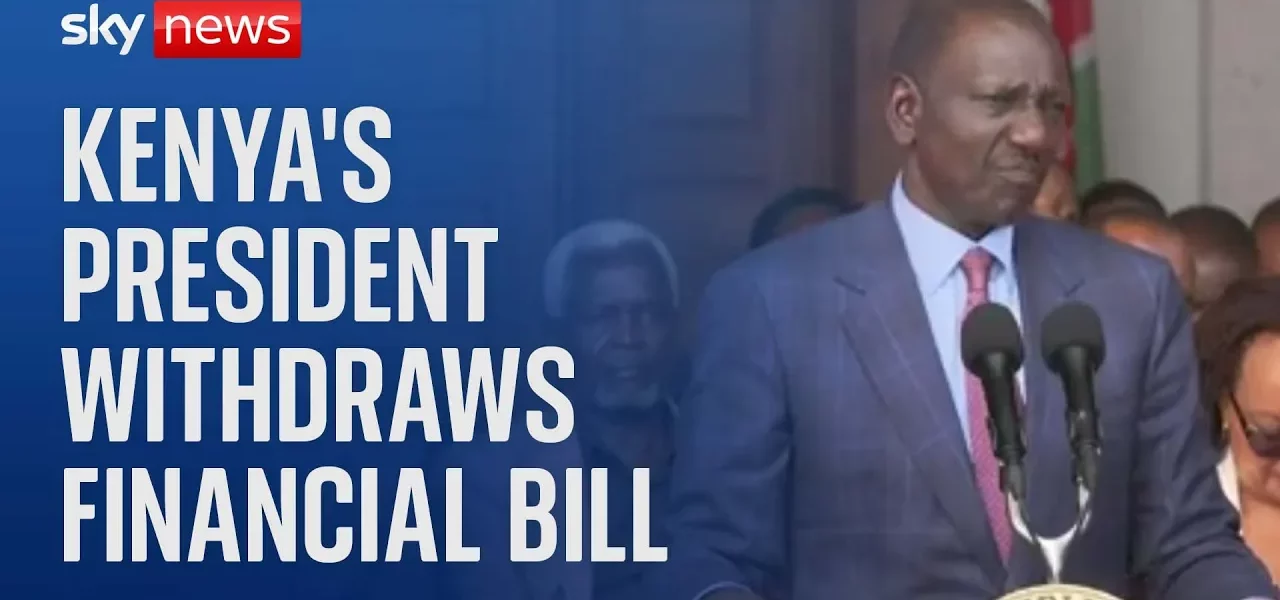Kenya’s Economic Reforms: A Journey Towards Recovery and Growth

As Kenya navigates through significant economic challenges, the current administration has implemented various reforms aimed at stabilizing the economy, reducing public debt, and fostering growth. This article delves into the critical measures taken over the past 20 months, highlighting the government’s strategies to alleviate the cost of living, encourage agricultural productivity, and create job opportunities for the youth.
Introduction
Two years into the current administration, Kenya is on a path toward economic recovery. Faced with escalating challenges such as high fuel prices, a depreciating currency, and soaring public debt, the government’s decisive actions have begun to yield positive results. The introduction of a fertilizer subsidy program, alongside prudent fiscal policies, has significantly lowered the cost of essential commodities, providing relief to Kenyan households. This article explores the various strategies implemented to stabilize the economy and improve the lives of citizens.
Economic Challenges Faced by Kenya
Upon taking office, the administration encountered several pressing economic issues that threatened to destabilize the nation. These challenges included:
- High fuel prices that peaked at 217 shillings per liter.
- Rapid depreciation of the Kenya Shilling, reaching 165 shillings to the dollar.
- Spiraling public debt leading to a significant portion of tax revenue being allocated to debt service.
Addressing these challenges was paramount to restore confidence in the economy and safeguard the livelihoods of Kenyans.
Key Economic Reforms Implemented
The administration’s commitment to economic recovery is reflected in several key reforms:
Reduction in Prices of Essential Commodities
One of the most notable achievements has been the substantial decrease in the prices of essential commodities. For instance:
- The price of a 2 kg packet of unga (maize flour) dropped from 240 shillings to 100 shillings.
- Fertilizer prices were reduced from 7,500 shillings to 2,500 shillings, significantly benefiting farmers.
Strengthening the Kenya Shilling
Through various monetary policies, the Kenya Shilling has regained stability, improving from 165 to an exchange rate of approximately 127-128 shillings to the dollar. This strengthening of the currency has contributed to greater economic stability and confidence among investors.
Management of Public Debt
Significant strides have been made in managing public debt, with the administration successfully paying off the Eurobond debt of $2 billion borrowed in 2014. The recent payment of the final installment of $500 million has alleviated some of the burdens associated with national debt.
Fiscal Policy and Budget Adjustments
In light of these economic reforms, the administration undertook substantial fiscal policy adjustments:
Budget Reduction Initiatives
Initially proposed at 4.18 trillion shillings, the national budget was directed to be reduced by 200 billion shillings. Key adjustments included:
- Elimination of proposed taxes on essential goods like bread and sanitary products.
- Engagement in public participation to align the budget with the needs of the citizens.
Prioritization of Key Sectors
The government has prioritized investments in critical sectors such as agriculture, education, and health:
- Agriculture: Allocated 10 billion shillings for fertilizer subsidies.
- Education: Commitment to hiring 20,000 additional teachers to ensure adequate staffing in schools.
- Health: 6 billion shillings dedicated to universal health coverage and chronic illness funding.
Public Response and Challenges
Despite the government’s efforts, public dissatisfaction with the finance bill led to widespread protests and unrest. The administration took these concerns seriously, leading to the decision to withdraw the finance bill 2024. The commitment to listen to the citizens has been emphasized as a cornerstone of governance moving forward.
Engagement with Youth and Future Plans
The administration recognizes the importance of engaging with the youth to understand their aspirations and challenges:
- Initiatives to create job opportunities through housing programs and digital infrastructure projects.
- Plans to export skilled labor to countries seeking Kenyan professionals.
- Continuous dialogue with young Kenyans to explore further avenues for economic participation.
Through these efforts, the aim is to build a robust future for the nation, particularly by empowering young people.
Conclusion
In conclusion, the current administration has made significant strides in addressing Kenya’s economic challenges through various reforms aimed at stabilizing prices, managing public debt, and engaging with citizens. As the nation moves forward, it is crucial to maintain open lines of communication with the public and to prioritize investments that foster sustainable growth. The government’s commitment to austerity and responsible fiscal management will be vital in ensuring the prosperity of all Kenyans. We invite you to stay informed about these developments and participate in discussions regarding the future of our economy.
“`




